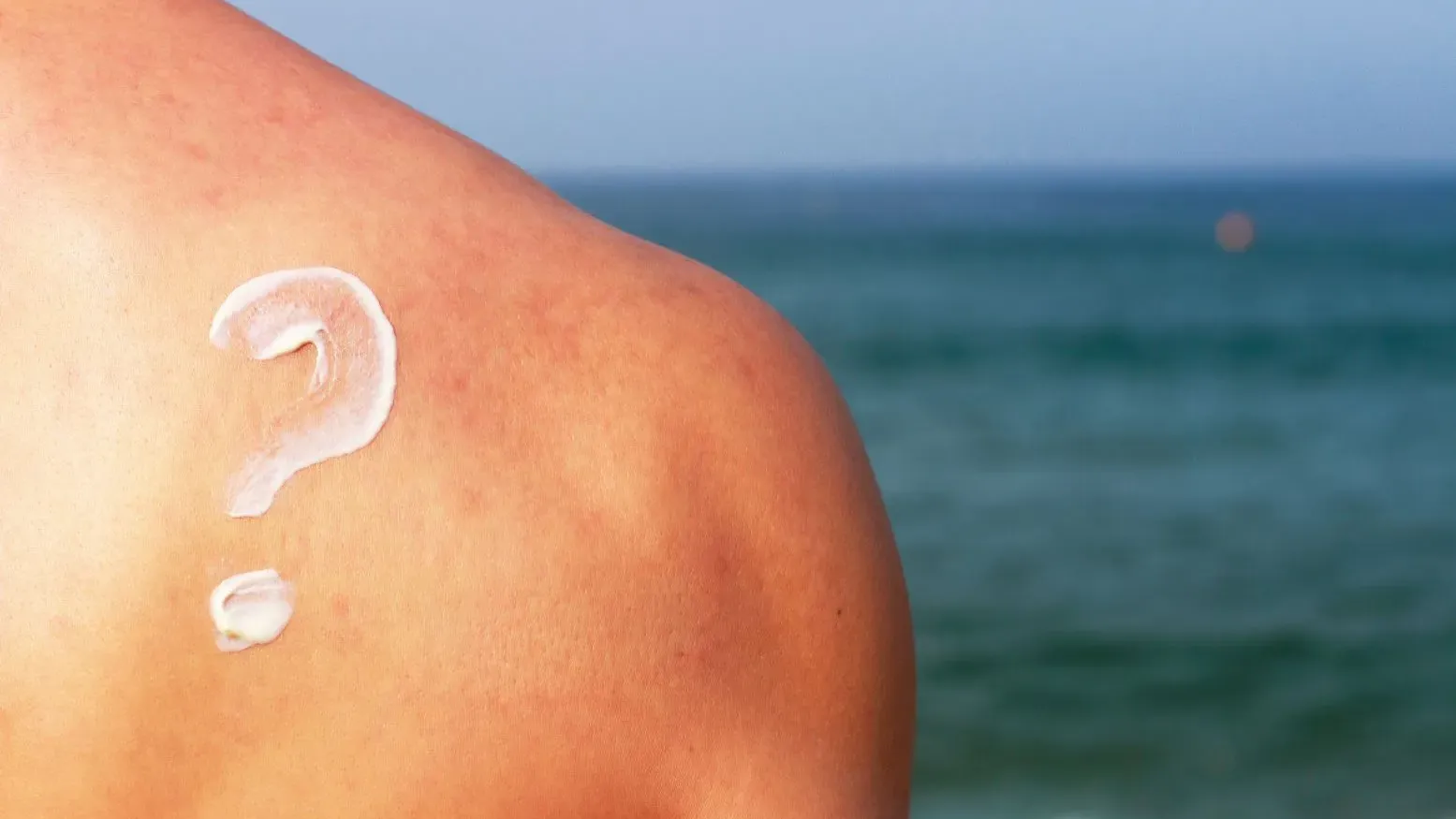Why Tan Occurs: Understanding the Science Behind Sun-Kissed Skin

EXTRA 5% OFF ON PREPAID

Have you ever pondered the reason behind your skin transforming into a stunning golden-brown hue after sun's warm embrace? The process of tanning is truly captivating, and it owes its magic to the sun's potent rays and our body's innate defense mechanism. But let's understand this fascinating phenomenon and uncover the science behind it.
Exposure to the sun can have both positive and negative effects on our skin health. While a moderate amount of sun exposure can stimulate the production of vitamin D and improve our mood, excessive exposure can lead to sunburn, premature aging, and even skin cancer.
Tanning is a natural process that occurs when our skin is exposed to the sun's ultraviolet (UV) radiation. Our body's response to this radiation is to produce melanin, a pigment that gives our skin its color. This process is a protective mechanism that helps shield our skin from the harmful effects of the sun. When UV radiation penetrates our skin, it triggers a series of reactions within our cells. These reactions stimulate the production of melanin in specialized cells called melanocytes, which are located in the epidermis, the outermost layer of our skin. Melanin acts as a natural sunscreen, absorbing and dispersing the UV radiation before it can cause damage to our DNA. The amount of melanin produced varies from person to person, depending on factors such as genetics and skin type.
People with fair skin tend to produce less melanin and are therefore more susceptible to sunburn and sun damage. On the other hand, individuals with darker skin have higher levels of melanin, providing them with a natural protection against the sun's harmful rays. Tanning is often seen as a desirable aesthetic, as it gives the skin a sun-kissed glow. However, it's important to note that excessive exposure to UV radiation can still be harmful, even if it results in a tan. Prolonged and unprotected exposure to the sun can lead to sunburn, premature aging, and an increased risk of skin cancer.
To protect our skin while enjoying the sun, it is crucial to take precautions such as wearing sunscreen with a high SPF, seeking shade during peak sun hours, and wearing protective clothing. These measures can help minimize the harmful effects of UV radiation while still allowing us to enjoy the benefits of sunlight, including the production of vitamin D.
Tanning is a natural process that occurs when the skin is exposed to the sun's ultraviolet (UV) rays. It is a common desire for many individuals to achieve a sun-kissed glow during the summer months. However, the ability to tan varies among different skin colors. Skin color is determined by the amount of melanin present in the skin. Melanin is a pigment that gives color to the skin, hair, and eyes. It also plays a crucial role in protecting the skin from the harmful effects of UV radiation.
People with fair skin have less melanin and are more prone to sunburns. They often have difficulty tanning and are at a higher risk of developing skin damage from excessive sun exposure. Fair-skinned individuals should take extra precautions when spending time in the sun, such as wearing sunscreen with a high sun protection factor (SPF) and seeking shade during peak hours.
On the other hand, individuals with darker skin have more melanin, which provides them with a natural protection against the sun's rays. They have a higher tolerance to UV radiation and are less likely to burn. However, this does not mean that they are immune to the harmful effects of the sun. Even individuals with darker skin should wear sunscreen and take necessary precautions to prevent sun damage. It is important to note that tanning is a sign of skin damage. When the skin is exposed to UV radiation, it produces more melanin as a defense mechanism. This increased melanin production leads to a darker skin tone, which is commonly referred to as a tan. However, this tan is a result of the skin's attempt to protect itself from further damage. Excessive sun exposure can lead to various skin problems, including premature aging, wrinkles, sunspots, and an increased risk of skin cancer. It is crucial for individuals of all skin colors to practice sun safety and protect their skin from harmful UV rays.
While a tan may give you a sun-kissed glow, it's essential to remember that no tan is entirely safe. Even if you don't burn, the sun's UV rays can still damage your skin cells and increase the risk of skin cancer. It's crucial to protect your skin with sunscreen, seek shade during peak sun hours, and wear protective clothing.
The desire for a tan has a long history in various cultures. In ancient times, tanned skin was associated with outdoor labor and lower social status. However, in recent decades, tanning has become a symbol of beauty and leisure. Understanding the cultural significance of tanning can provide insights into our society's beauty standards.
No tan is permanent. As your skin naturally sheds dead cells, the tan will fade over time. However, with proper care, you can extend the life of your tan by a few days. Moisturizing your skin, avoiding excessive exfoliation, and protecting it from further sun exposure can help maintain your tan for longer.
Tanning is a natural process that occurs when our skin is exposed to the sun's UV rays. While a tan may give us a sun-kissed glow, it's essential to remember the potential risks associated with excessive sun exposure. By understanding the science behind tanning and taking appropriate precautions, we can enjoy the sun responsibly and maintain healthy skin.